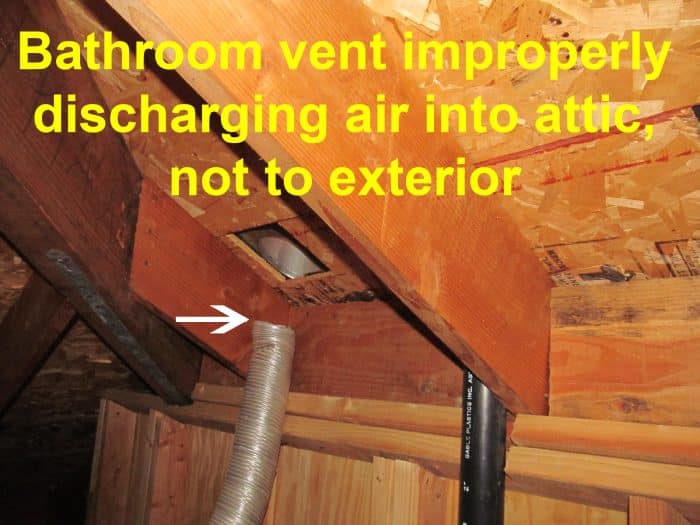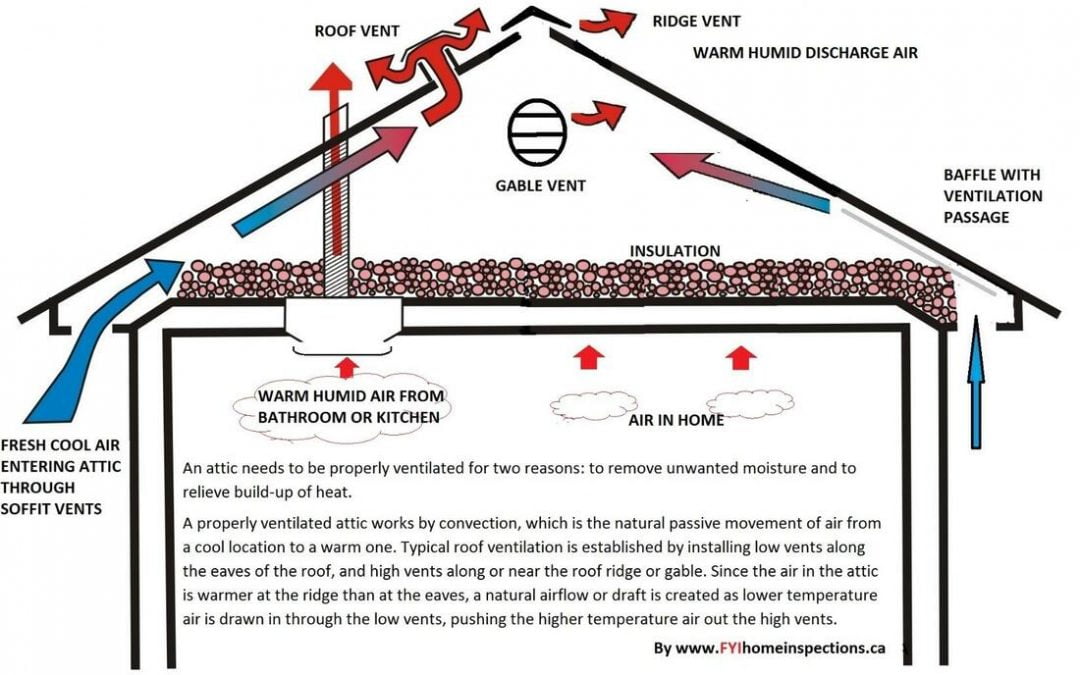Individual vents must rise above the overflow line of the topmost plumbing fixture in the house before you can tie it to the main vent stack.
Main condensate drain into vent in the attic.
Cut the pipe and connect a reducer tee fitting.
Thanks to.
The vent opening should always rise above the trip level of the condensate overflow switch when it is in the primary drain line or pan or above the secondary aux overflow port on the primary drain pan.
Then use duct tape to seal the gap between the hose and the drain line.
At these points you can cut and run secondary drain lines into the main shaft.
Remove the cap from the condensate drain line.
This is a precaution that prevents the vent from.
It appears that this condensate drain only drops into that vertical standpipe an inch or two and if there is still a decent opening around it to let air into the standing drain line then you got an air gap between the end of the condensate drain and the p trap below so it should.
This helps ensure that if a backup occurs that the water properly trips the switch instead of overflowing out of the vent.
Use no hub fittings to connect a pvc fitting to cast iron or abs pipe.
That would include the main plumbing vent stack.
It didn t specify where the main drain should go but it did say to shape the drain line so it would form a trap.
This pipe can be interrupted at any point up to 4 feet from the vent shaft that generally exits your home from the roof or the side of the home.
Once everything s connected turn on the wet dry vac and let it run for about 3 minutes.
In the attic tap into a conveniently located vent pipe.
Fix the hose attachment to the wet dry vac s hose and position it into or flush with the end of the drain line.


























